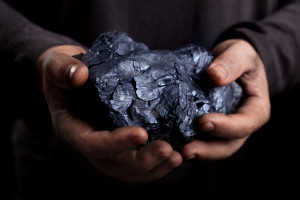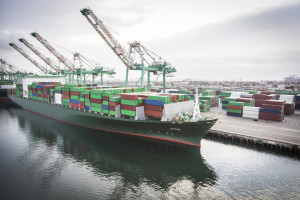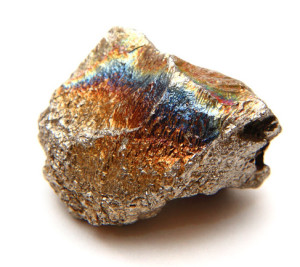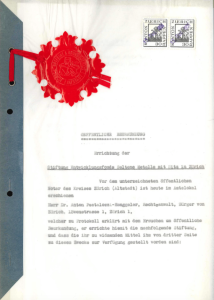The “Entwicklungsfonds Seltene Metalle” (ESM Foundation) is a Swiss non-profit organization founded in 1951. It is dedicated to support research and development activities in the field of Rare and Critical Elements, with a focus on their industrial applications. In pursuit of this goal, the Foundation sponsors and organizes conferences and workshops, publishes studies and surveys, coordinates projects in the field of Rare and Critical Elements, and confers scholarships and educational grants in areas relevant to the Foundation’s topical focus. ESM is a public interest foundation governed by Swiss Law. Its foundation status is subject to supervision by the Swiss Federal Department of the Interior. ESM is operating within a national and international network of experts, partner institutes and organizations.
Vision
The ESM Foundation is the leading Swiss network for questions about the responsible industrial use of metals with limited availability that are essential for the transformation to a sustainable society.
Mission
The foundation initiates, supports and coordinates research and educational projects, organizes events and promotes professional and social discourse on critical metals. The ESM stands for a high standard of scientific quality as well as political and financial independence, made possible by foundation capital that has been managed sustainably since 1951. The foundation works closely with science and industry at home and abroad and is involved in publicly funded projects.





